DOG TRAINING OFFERED IN-PERSON AND ONLINEOur dog training services are delivered in almost any format that meets your needs. We have GROUP CLASSES at our indoor and outdoor facilities on our farm, ONLINE LIVE STREAMING classes, and SELF-PACED VIDEO-BASED training through our Online Dog Training Course. Our PRIVATE TRAININGS can be done in-home, outside, in public dog-friendly locations, at our facility on our farm, online via phone or video conferencing and through email. |
You bring home your new puppy and are excited to take him with you to new places. You want to get started meeting new people and start your lifetime of adventures together. But on the way to your first adventure, your pup gets sick and vomits in the car. The next time, it happens again. Now what do you do when your puppy or dog gets carsick?
If you have ever experienced motion sickness, you know it's miserable. We don't wish motion sickness on anyone, least of all your new puppy. But it happens. While dogs of any age can get sick when riding in vehicles, it's often puppies who experience this. The good news is that most puppies will outgrow it. According to pets.webmd.com, the ear structures used for balance are not fully developed yet in puppies. Once they are fully developed, for most puppies, this goes away. For a few unfortunate dogs, it does not.
In some cases, just the prior experiences and associations will start to make the dog sick and/or stressed even though the ears are now fully developed. The stress of knowing something has made you sick in the past is enough to make car rides unpleasant even if they actually no longer make you physically sick.
Fortunately, there are some things you can do to help minimize chances when puppy or dog gets carsick again.
For some pups, riding in a crate or other way that prevents them from seeing things rushing by can reduce sickness. If your dog is not crate trained, click here to learn how to do that. For some, being able to see out the front but not the sides works well. (But please do NOT ride with your pup in the front seat of your vehicle!)
For some pups, having some fresh air blowing on them will help.
Some dogs do better if they do not eat before traveling. Some might do better with a small amount of food but not a full meal.
Start with just getting in the car but not actually going anywhere. If there's no motion, they (hopefully) will not get sick. Unless the thought of moving starts to make them sick even before you get moving. If so, take things very slowly.
If your dog is feeling better just sitting in a motionless car, start with very short trips. Even just around the block. Though the fewer turns and stops you make the better. Some dogs do better once you get on the highway and aren't making all the stops you might in a neighborhood with lots of stop signs or street lights.
Try some over-the-counter remedies to see if they help. Ginger is a natural anti-nausea ingredient. A piece of a ginger cookie or other product might do the trick.
Some vets will recommend Benadryl or Dramamine (antihistamines that are a part of our dog first aid kit) that sometimes help. Keep in mind though that if you are going somewhere to do something – like a Puppy Class or a play date or such – your pup might be drowsy and not really feel up to doing much once you get where you are going.
If you're still having trouble, you could talk to your vet about a prescription medication that might help.
Or you might just need to take a break from taking your pup anywhere in a vehicle for the short term if you can until they are a bit older and hopefully can handle the movement better without getting sick.
Take things slowly. Remember, most dogs will outgrow motion sickness, but if not, there are strategies we can take to minimize the difficulties.
Our goal is to positively impact the lives of as many dogs and their families as we can, in part through our extensive library of video, infographics and text articles. |

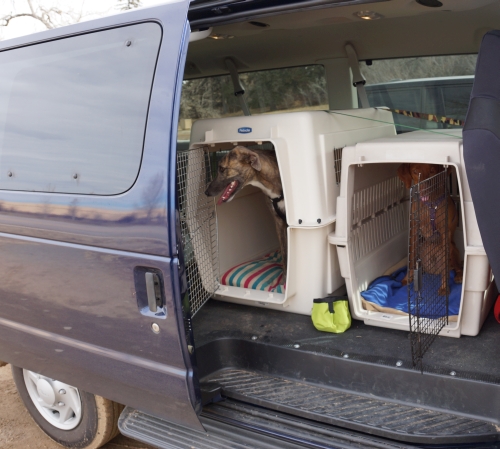
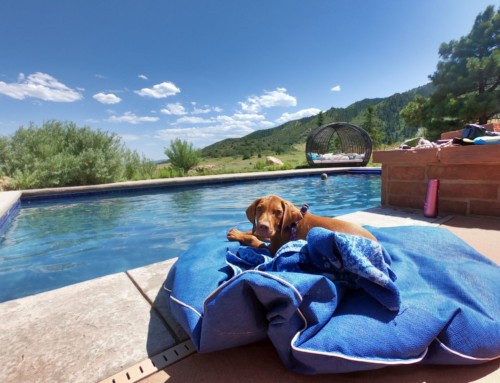
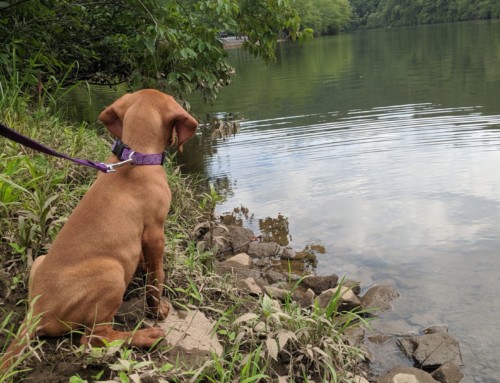

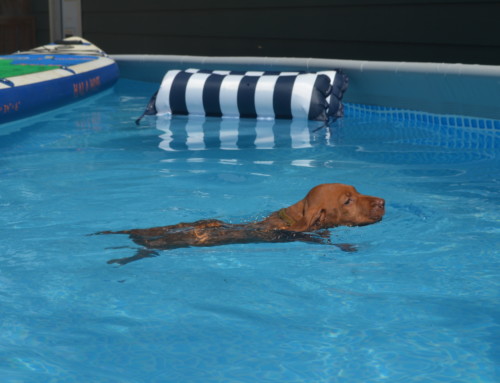
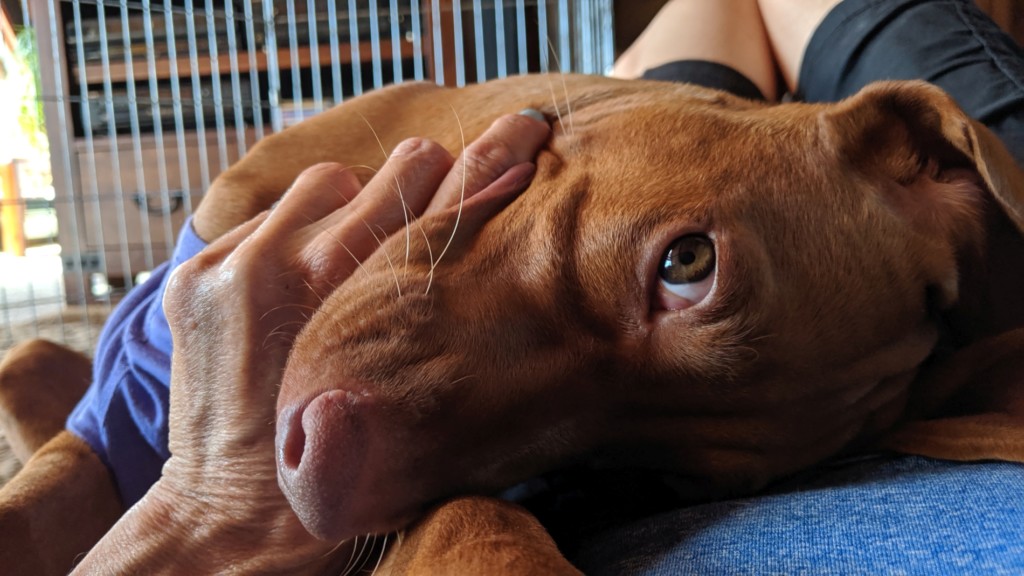
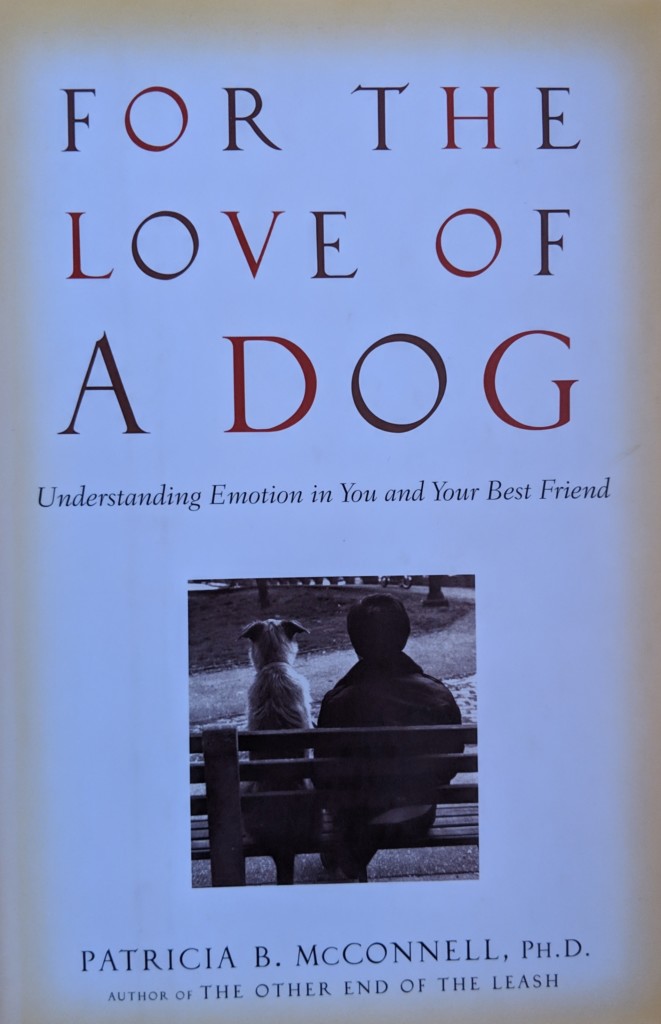
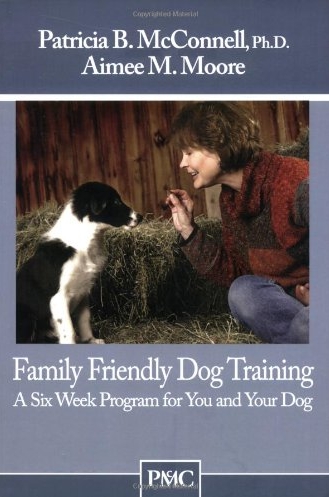
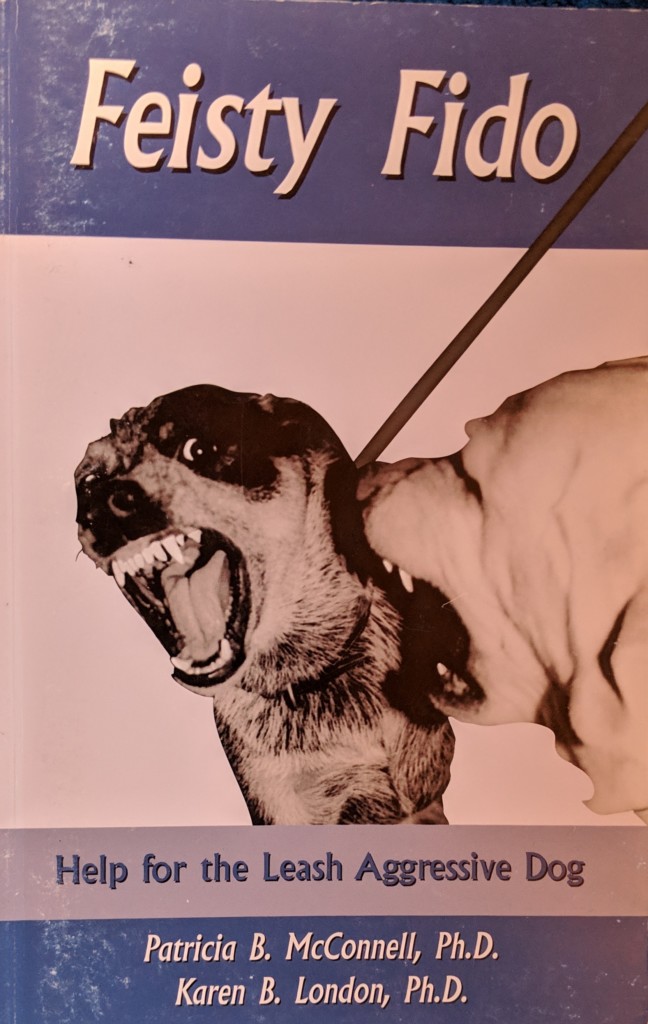
Leave A Comment